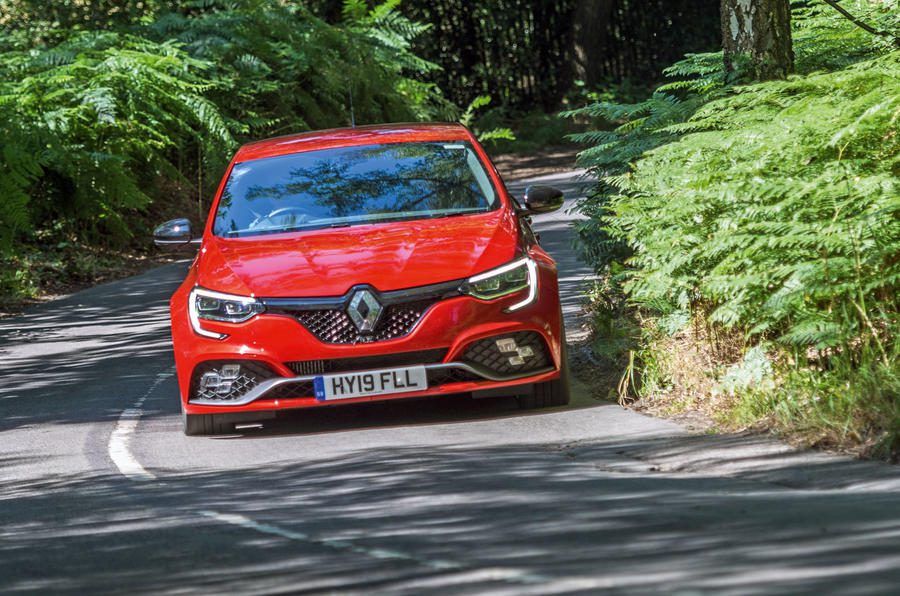
Short test: Renault Megane RS 280
When you think back to automotive history, when you think of the car segment, which in Slovenian is called the sports limousine class, we all prefer to call it the “hot hatchback” class? Maybe until 2002, when Ford introduced the Focus RS? Or even more, the first generation Volkswagen Golf GTI? Well, the real pioneer was the Renault five in the Alpine Turbo version (on the Island it was called the Gordini Turbo). Back in 1982, Renault did not even suspect that this class would turn into a big race over the past 15 years, called “how many horses will be put on a pair of wheels to keep the car going”. Already in the Focus RS, we doubted whether it was possible to transfer everything larger than those 225 "horses" to the road. The mechanical differential lock was so aggressive that it literally ripped the steering wheel out of the driver's hands, and when accelerating, the car lifted up as if it wanted to "slide". Fortunately, the race was geared not only to squeeze as much power out of the engine as possible, but above all to transfer that power to the road as best as possible.
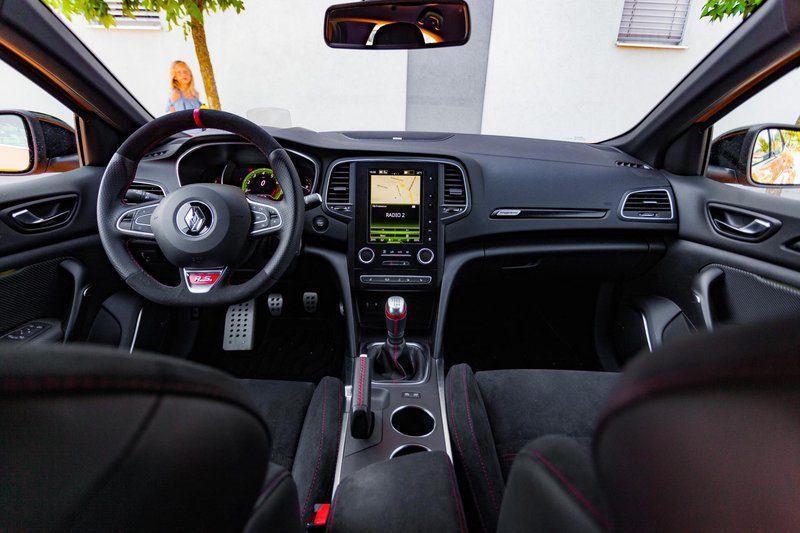
Renault quickly got into the game and, together with Meghan, remains an important part of the race to this day. Since they had a good experience in the sporting department of Renault Sport, which all these years was present not only in Formula 1, but also in many racing competitions, their cars always offered more sportiness and perhaps a little less comfort. ... But there have been many buyers looking for just that, and the Megane RS has always been one of the most popular "hot hatchbacks" around.

15 years after the first Megane RS, Renault has shipped its third generation of this sports car to customers. Undoubtedly, he retained his distinctive appearance that is associated with the "civilian" remnant of the Megan family, but still distinguishes him enough to be recognized. Perhaps the photos are a little unfair to him, since in real life he acts much more aggressive and powerful. This is evidenced by the fact that the fenders are 60 millimeters at the front and 45 millimeters wider at the rear than the Megane GT. Undoubtedly the most striking of these is the rear diffuser, which not only enhances the car's sporty appearance, but also helps to increase the forces that hold the car down while driving. While we once wanted to see the Megana RS in the typical Gordini color combination, now buyers will have to settle for a new exterior color that Renault calls tonic orange.
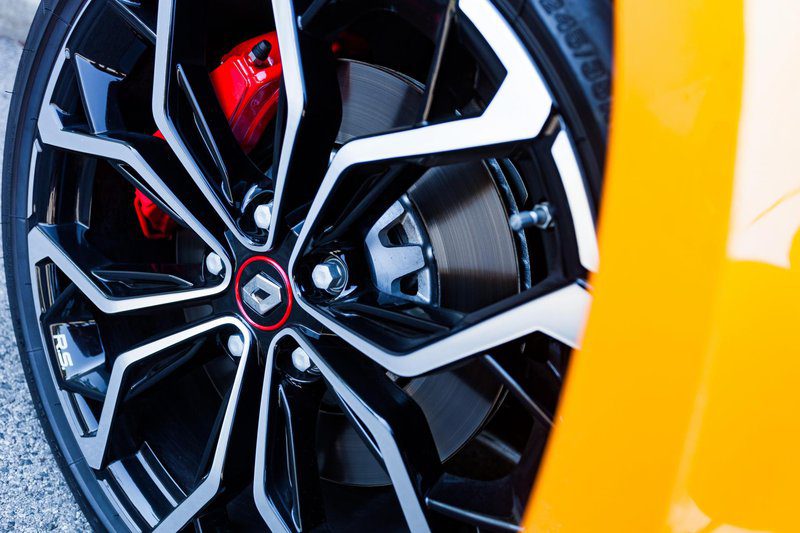
We prefer to focus on those parts of the car that are perceived by the driver's buttocks before the eyes of the observer. And no, we don't mean good enough factory seats (but still not the great Recar that the Megane RS once fitted). In the promotional material that accompanies the new Megane RS, the first paragraph mentions all the improvements made to the chassis. And this despite the fact that the new generation of the Republic of Slovenia carries a completely new power unit. But more on that later ... In fact, this confirms the aforementioned thesis that the development of this class of cars is mainly aimed at improving driving performance. What new can Megane offer? By far the most notable is the new four-wheel steering system. This is not exactly a revolutionary invention, as such a system was proposed by Renault in 2009 in the Laguna GT, but now they clearly felt that the RS could come in handy. What is it really about? The system rotates the rear wheels in the opposite direction to the front at lower speeds and in the same direction at higher speeds. This provides better maneuverability and ease of handling when driving slowly, as well as better stability in faster turns. And if the system in some Renault models quickly faded into oblivion, it may happen that they will retain it in the Republic of Slovenia, since we believe that the car is perfectly controllable because of this. The feeling of being able to very precisely set the direction before entering a turn and control the steering wheel in a turn is exciting. Most importantly, it instills added confidence in the car and encourages the driver to find the extremes provided by the chassis. This can be obtained with the new Megane RS in two versions: Sport and Cup. The first is softer and more suitable for normal roads, and the second, if you like to go to the race track from time to time. This is one of the reasons why the first version is equipped with an electronic differential lock, while in the second case, power is transmitted to the front wheels through a Torsn mechanical limited-slip differential. On both chassis types, as a new feature, hydraulic shock absorbers have been added instead of the existing rubber ones. Since it is actually a shock absorber within the shock absorber, the result is better absorption of short shocks and therefore greater driving comfort. However, our test car, equipped with a Cup chassis, did not forgive vertebrae very much in everyday driving. If we had a choice, we would have taken the Torsn differential and the best brakes from this package, while retaining the softer, sporty chassis.
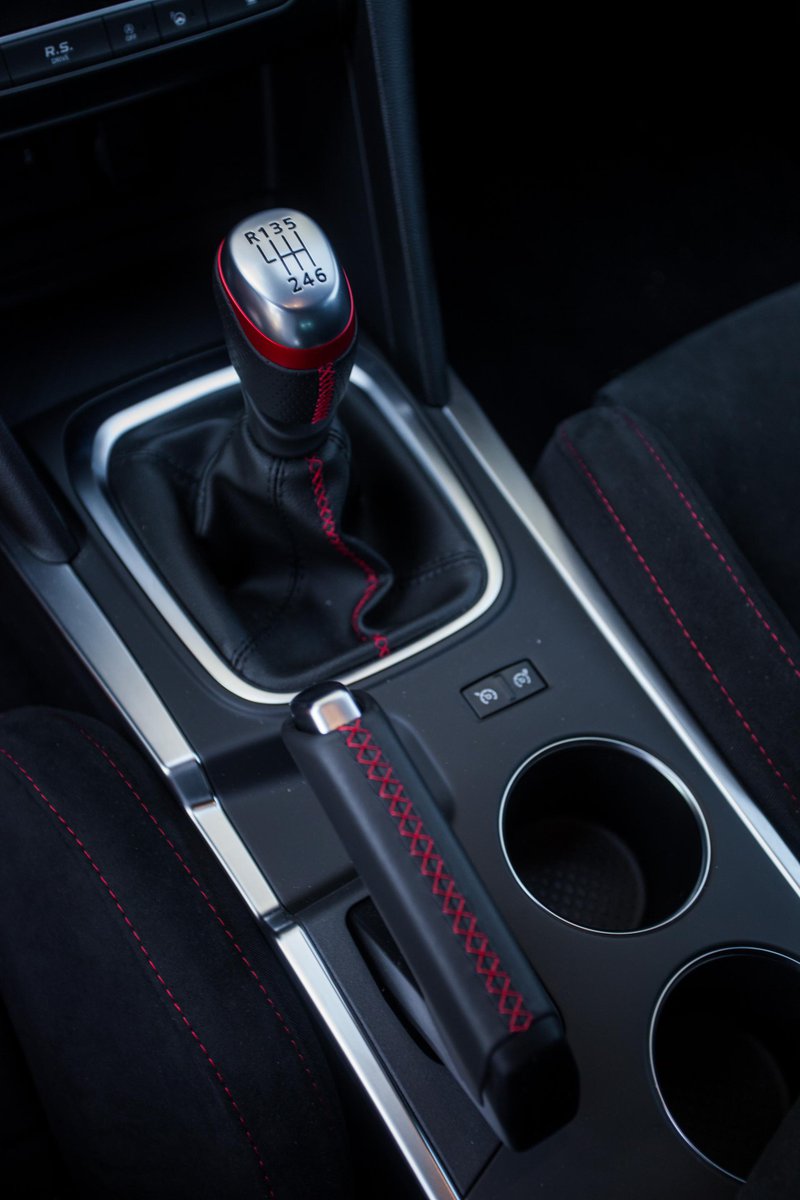
Following the trend of smaller engine sizes, Renault also decided to install a new 1,8-liter four-cylinder engine in the new Megane RS, which even has a little more power than the most powerful version of the RS Trophy. not exactly overkill in this rather "spiky" class of car, but it's still a huge power reserve, which, thanks to the twin-scroll turbocharger, is available in almost the entire engine speed range. The test Megane was equipped with an excellent six-speed manual transmission that convinces with short travel, precision and a well-calculated gear ratio. Extensive adjustments and adjustments are made by the now well-known Multi-Sense system, which regulates almost all parameters that affect driving, with the exception of dampers, which are not widely adjustable. Of course, since such a Megane is also an everyday car, it has been given a lot of help and safety equipment - from active cruise control, automatic emergency braking, blind spot monitoring, traffic sign recognition and automatic parking. Although the vertical layout of the center screen is a convenient and advanced solution, the R-Link system remains one of the weakest links in this car. Intuition, graphics and poor performance are not attributes to brag about. It is true, however, that they have added an RS monitor app that allows the driver to store telemetry and display all of the driving-related data that the car is recording through its multitude of sensors.
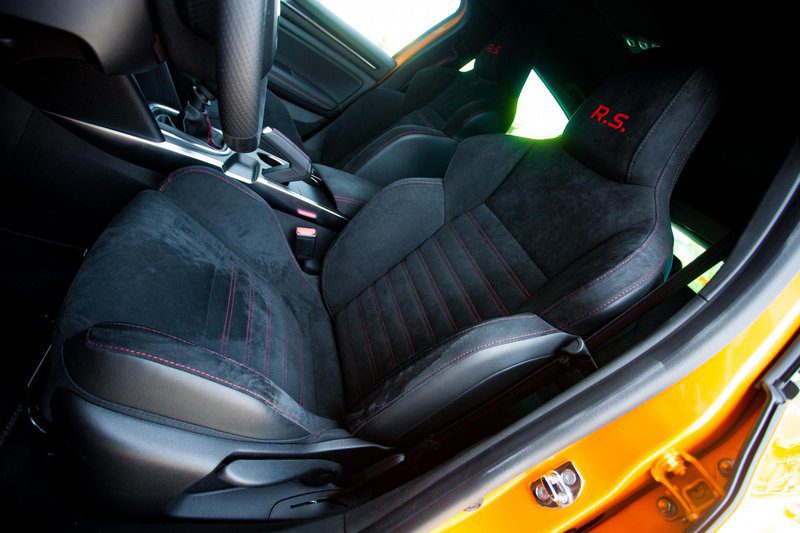
In addition to the previously mentioned four-wheel steering, the new Megane RS convinces with a fairly neutral and reliable position. Therefore, some users may be deprived of pleasure, since Megana is quite difficult to learn guided planning, and many prefer to ride "on rails". There is nothing special in the soundtrack of the engine either, only in some places you will be pleased with the knock of the exhaust when you downshift. Here we put the joker on the Akrapovich exhaust in the Trophy version, which is expected to hit the roads soon.
We also launched the new RS around corners at Raceland, where the watch showed 56,47 seconds to be about the same as the previous generation Trophy. Good prospects, nothing.
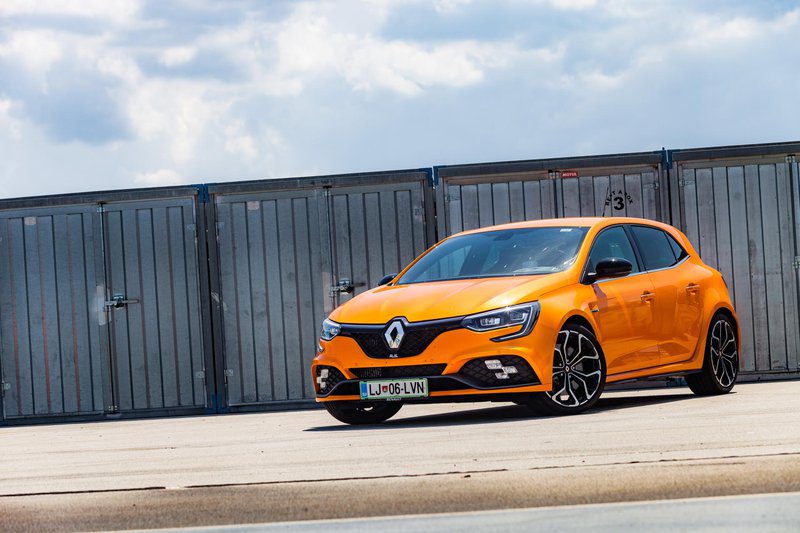
Renault Megane RS Energy TCe 280 - price: + XNUMX rubles.
Basic data
| Test model cost: | 37.520 € |
|---|---|
| Base model price with discounts: | 29.390 € |
| Test model price discount: | 36.520 € |
Costs (per year)
Technical information
| engine: | 4-cylinder - 4-stroke - in-line - turbocharged petrol - displacement 1.798 cm3 - maximum power 205 kW (280 hp) at 6.000 rpm - maximum torque 390 Nm at 2.400-4.800 rpm |
|---|---|
| Energy transfer: | front-wheel drive - 6-speed manual - tires 245/35 R 19 (Pirelli P Zero) |
| Capacity: | 255 km/h top speed - 0-100 km/h acceleration 5,8 s - Combined average fuel consumption (ECE) 7,1-7,2 l/100 km, CO2 emissions 161-163 g/km |
| Mass: | empty vehicle 1.407 kg - permissible total weight 1.905 kg |
| External dimensions: | length 4.364 mm - width 1.875 mm - height 1.435 mm - wheelbase 2.669 mm - fuel tank 50 l |
| Box: | 384-1.247 l |
Our measurements
| T = 26 ° C / p = 1.028 mbar / rel. vl. = 55% / odometer status: 1.691 km | |
| Acceleration 0-100km: | 6,5s |
|---|---|
| 402m from the city: | 14,7 years ( 160 km / h) |
| Flexibility 50-90km / h: | 5,7 / 9,5s (IV/V) |
| Flexibility 80-120km / h: | 6,7 / 8,5s (Sun./Fri.) |
| Fuel consumption according to the standard scheme: | 7,3 l / 100km |
| Braking distance at 100 km / h: | 33,9m |
| AM table: | 40m |
| Noise at 90 km / h in 6rd gear | 59dB |
evaluation
The Megane RS also succumbed to the downward trend in engine displacement, but still made up for itself with a good headroom. Will he be able to compete with stronger competitors? Here at Renault, the main focus is on improving the chassis, which definitely puts the RS in first place at the moment. With its various packages, chassis, gearbox choices, differentials and more, it will definitely appeal to a wide range of customers.
We praise and reproach
predictable, neutral position
four wheel steering
motor (power and torque range)
precise gearbox
mechanical differential lock
good brakes
R-Link infotainment system
seats (according to Recar's from the previous RS)
monotonous interior
Alcantara on the steering wheel is where we do not hold the steering wheel
fuzzy engine sound
